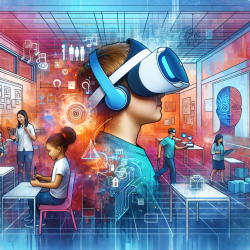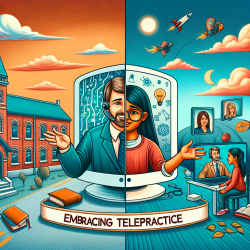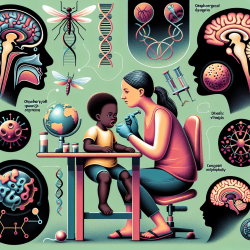In recent years, the landscape of therapeutic services in schools has undergone a significant transformation, driven largely by advances in technology. Virtual therapy, particularly for speech therapy for autism, has emerged as a viable and effective alternative to traditional in-person sessions. TinyEYE, a pioneer in providing online therapy services to schools, is at the forefront of this evolution, offering innovative solutions that cater to the unique needs of students with autism.
Government health regulators play a crucial role in shaping the future of therapy services in educational settings. As stewards of public health, your decisions impact the accessibility, quality, and effectiveness of therapeutic interventions for countless children. This blog aims to provide a detailed exploration of virtual therapy, shedding light on its benefits, challenges, and the compelling reasons why it should be considered a critical component of modern educational health services.
The Benefits of Virtual Therapy
Virtual therapy offers numerous advantages over traditional in-person sessions, making it an attractive option for schools and families alike. Here are some key benefits:
- Accessibility: Virtual therapy breaks down geographical barriers, allowing students in remote or underserved areas to access high-quality speech therapy services.
- Flexibility: Online sessions can be scheduled at convenient times, reducing disruptions to the student's academic schedule and accommodating the busy lives of families.
- Cost-Effectiveness: Virtual therapy can be more affordable than in-person sessions, as it eliminates travel costs and allows therapists to reach more students within the same timeframe.
- Personalization: Advanced technology enables therapists to tailor sessions to the individual needs of each student, using interactive tools and resources that enhance engagement and learning.
- Data-Driven Insights: Digital platforms can track progress and outcomes more efficiently, providing valuable data that can inform and improve therapeutic strategies.
Challenges and Solutions
While virtual therapy presents many advantages, it is not without its challenges. However, these challenges can be effectively addressed with the right strategies and support:
- Technological Barriers: Ensuring that all students have access to the necessary technology and a stable internet connection is crucial. Schools and government bodies can collaborate to provide the required infrastructure and resources.
- Training and Support: Both therapists and families may require training to navigate virtual therapy platforms effectively. TinyEYE offers comprehensive training programs to ensure smooth and successful implementation.
- Engagement: Keeping young children engaged in virtual sessions can be challenging. However, the use of interactive tools, games, and multimedia resources can significantly enhance engagement and make therapy sessions enjoyable and productive.
The Next Step for Government Health Regulators
As government health regulators, your endorsement and support of virtual therapy can pave the way for its widespread adoption in schools. Here are some steps you can take to facilitate this transition:
- Policy Development: Create and implement policies that recognize and support virtual therapy as a legitimate and effective mode of delivering speech therapy services in schools.
- Funding and Resources: Allocate funding to schools for the necessary technology and training to implement virtual therapy programs successfully.
- Collaboration: Partner with organizations like TinyEYE to develop and promote best practices, ensuring that virtual therapy services are delivered with the highest standards of quality and effectiveness.
- Research and Evaluation: Invest in research to evaluate the outcomes of virtual therapy, providing evidence-based insights that can guide future decisions and improvements.
In conclusion, virtual therapy represents a promising future for speech therapy for autism in schools. By embracing this innovative approach, government health regulators can ensure that all students, regardless of their location or circumstances, have access to the high-quality therapeutic services they need to thrive. TinyEYE is committed to supporting this transition and working collaboratively to create a brighter future for children with autism.
We invite you to take the next step and explore how virtual therapy can be integrated into your policies and programs. Together, we can make a meaningful difference in the lives of countless children and their families.










